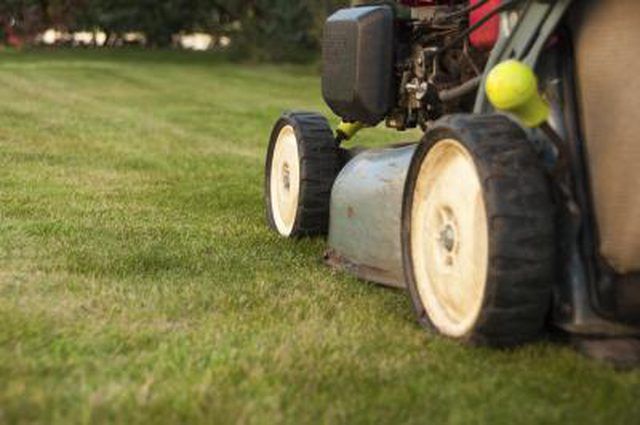Bulbs
Flower Basics
Flower Beds & Specialty Gardens
Flower Garden
Garden Furniture
Garden Gnomes
Garden Seeds
Garden Sheds
Garden Statues
Garden Tools & Supplies
Gardening Basics
Green & Organic
Groundcovers & Vines
Growing Annuals
Growing Basil
Growing Beans
Growing Berries
Growing Blueberries
Growing Cactus
Growing Corn
Growing Cotton
Growing Edibles
Growing Flowers
Growing Garlic
Growing Grapes
Growing Grass
Growing Herbs
Growing Jasmine
Growing Mint
Growing Mushrooms
Orchids
Growing Peanuts
Growing Perennials
Growing Plants
Growing Rosemary
Growing Roses
Growing Strawberries
Growing Sunflowers
Growing Thyme
Growing Tomatoes
Growing Tulips
Growing Vegetables
Herb Basics
Herb Garden
Indoor Growing
Landscaping Basics
Landscaping Patios
Landscaping Plants
Landscaping Shrubs
Landscaping Trees
Landscaping Walks & Pathways
Lawn Basics
Lawn Maintenance
Lawn Mowers
Lawn Ornaments
Lawn Planting
Lawn Tools
Outdoor Growing
Overall Landscape Planning
Pests, Weeds & Problems
Plant Basics
Rock Garden
Rose Garden
Shrubs
Soil
Specialty Gardens
Trees
Vegetable Garden
Yard Maintenance
Facts About the Yellow Wood Tree
Facts About the Yellow Wood Tree. The yellowwood tree (Cladrastis kentukea) provides year-round interest, with fragrant blooms in spring, colorful foliage in spring, summer and fall, and showy seedpods that hang on during winter. Although not used extensively in home landscapes, the yellowwood tree provides shade and is an effective specimen tree....

The yellowwood tree (Cladrastis kentukea) provides year-round interest, with fragrant blooms in spring, colorful foliage in spring, summer and fall, and showy seedpods that hang on during winter. Although not used extensively in home landscapes, the yellowwood tree provides shade and is an effective specimen tree. It is native to the southern Appalachian Mountains in the United States and is hardy in U.S. Department of Agriculture plant hardiness zones 4 through 8.
Foliage and Flowers
The leaves of the yellowwood tree can reach 12 inches long with leaflets as long as 4 inches. The leaves emerge yellow-green in spring and turn bright green in summer. In fall, the foliage turns yellow, gold or copper before dropping. The tree's white flowers resemble those of pea plants and grow in long clusters up to 15 inches long. Whitish-gray, flattened seedpods about 4 inches long develop in fall. Bees are attracted to the flowers, but birds and other wildlife do not eat the seeds. The tree begins flowering when it is 12 to 18 feet tall and tends to flower more abundantly every second or third year.
Wood and Bark
The yellowwood tree is named for the color of its heartwood, which is dull to brilliant yellow when freshly cut. The tree's smooth, slender stems are a lustrous reddish-brown while older branches and the trunk are smooth and gray. The tree's thin bark and weak wood are easily damaged and prone to cankers caused by diseases. Gun makers once used the wood for gun stocks, and settlers in the Appalachian Mountains made dye from the tree's root bark.
Splitting and Pruning
The tree typically has several trunks with branches close to the ground unless it is pruned while young. Although yellowwood is long-lived, one that has not been pruned may break and split after 30 to 40 years. In order to improve the tree's strength, remove its weakest trunks, leaving a single trunk when possible. Branches that connect to the trunk at a sharp angle should be removed, as should branches that are clustered together. Branches that connect to the trunk at a wide angle are more stable and less likely to break off. Summer is the best time to prune the yellowwood tree because it bleeds excessively when pruned in winter or spring.
This and That
Only one species of yellowwood tree is native to North America, and other species grow in Asia. The cultivar "Rosea" (Cladrastis kentukea "Rosea") has pink flowers. According to the American Forests website in spring 2014, the largest U.S. yellowwood tree of which it has been informed is in Morristown, New Jersey. That tree was nominated to the register in 2008, when it measured 74 feet tall and 227 inches around the trunk.